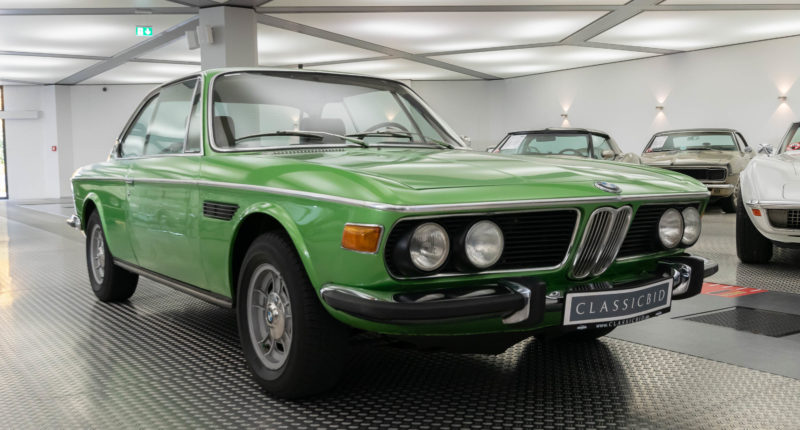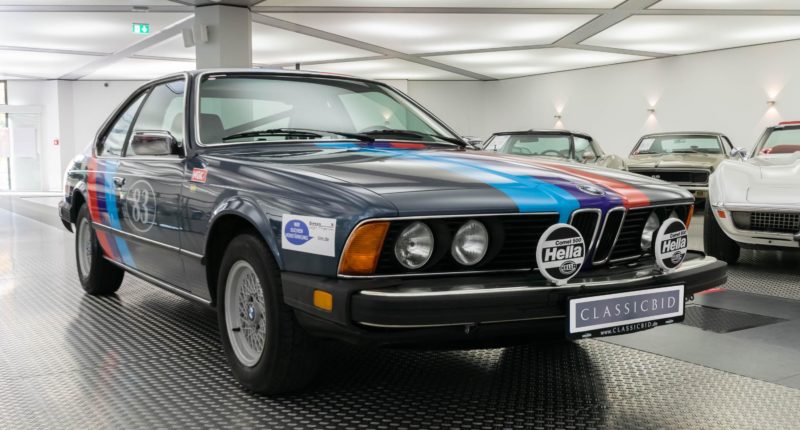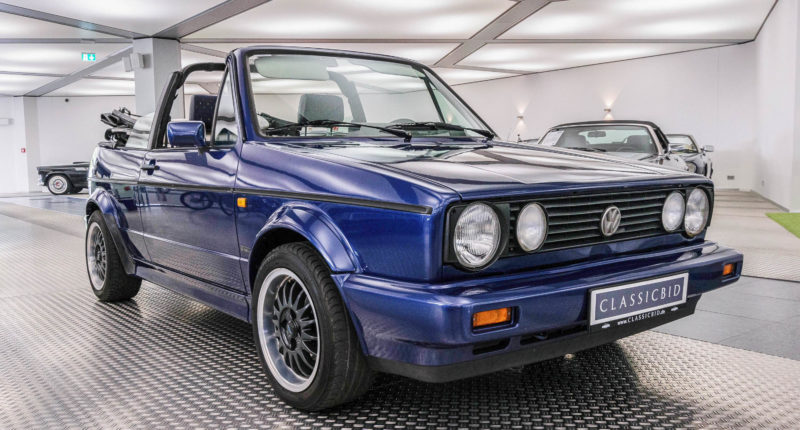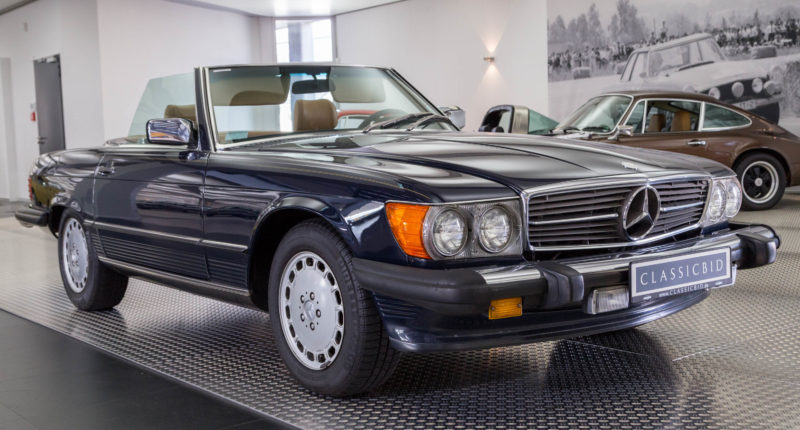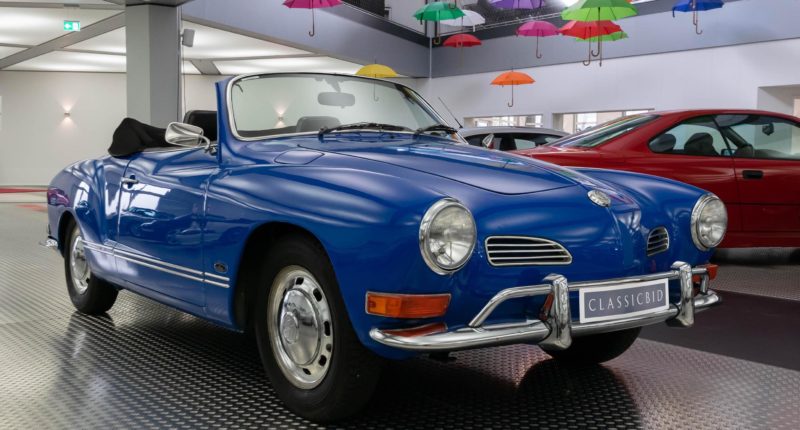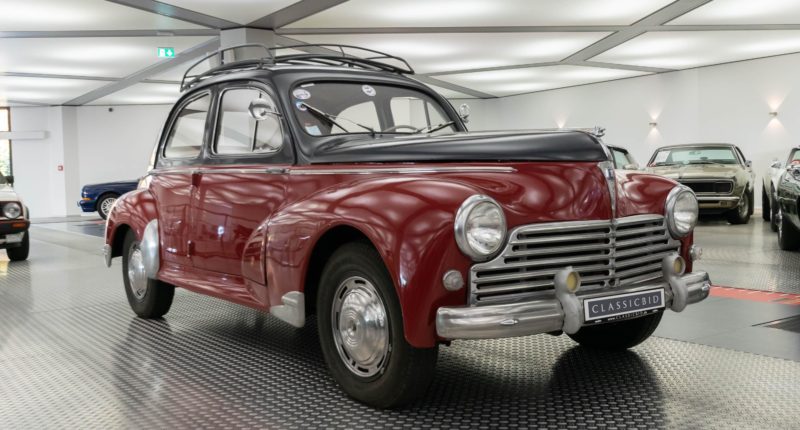– ordinary Joe’s dream car in the 1980s: Mercedes-Benz 200
– white exterior with blue interior, all in surprisingly good condition
– originally delivered to sunny Italy, just two owners from new, reportedly never in any accident
– of course still with its original 2.0 litre petrol engine, only 107,500 km on the clock
– runs smooth and drives well, almost like a modern car
– 5-speed manual gearbox
– engine compartment and boot clean and dry
– power windows in front and steel sunroof – typical 1980s extras
– German registration documents, valid technical approval until 07/2019 and historic plates
– Do you know this car only from the rear seat? Here’s your chance to do something about it!
Rock solid elegance from Germany
The 123 models were arguably the most successful cars Mercedes ever built. In 1980, the W123 even beat rival Volkswagen, having more registrations than the all-time winner VW Golf. The long delivery time of up to three years had an interesting effect: Young used cars cost more than new ones. A total of almost 2.7 million units were built, with engines ranging from 2.0 to 3.0 litres of capacity and 55 to 185 hp. Almost 50 % of the W123 had a diesel engine fitted – which was the engine of choice for taxi companies all over the world. Cars from this series have the reputation of being extremely reliable and perfectly able to cover distances of 800.000 km and more without breaking down. The W123 series was also the first Mercedes which was available as a factory-built station wagon (the very few wagons of the W114/115 had been licence builds).
Nowadays, these elegant Mercedes have become popular classics. Even the last of their kind can now obtain the historic number plates.



